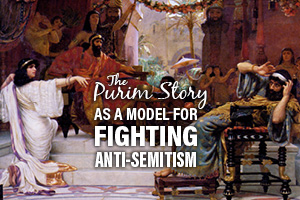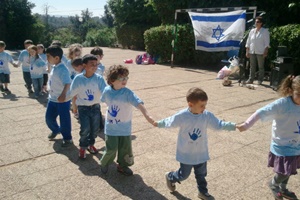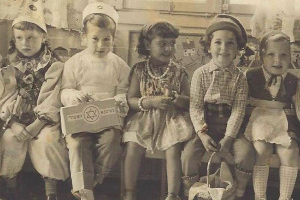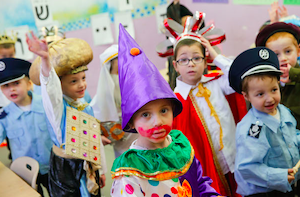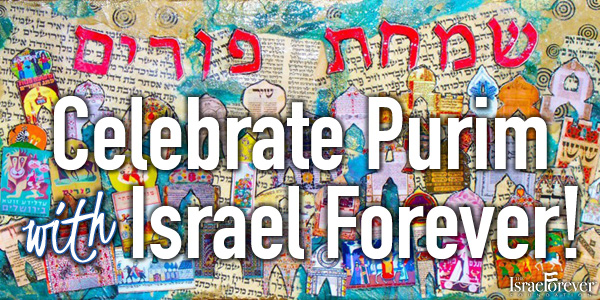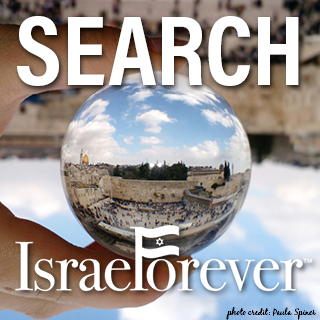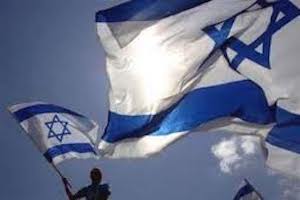Purim: The Danger of Not Knowing The Difference
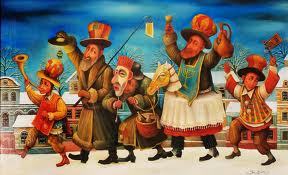
Ad = עַד = until
Lo = לָא = not/don't
Yada = יָדַע = know
Until one no longer knows? What is it that we are not supposed to know? And if we don't know, how can we remember?
According to the sages, the books, and good ole' Jewish memory, it is a tradition that every Jew should party on Purim until they no longer know the difference between the blessed Mordechai, who saved the Jews, and the cursed Haman who set out to destroy us.
As we can see in the headlines year after year, the Nation of Israel is at no shortage of people who are set out to destroy us. Many times the reaction to these newsbits is a heaving sigh... "yada, yada, yada, what else is new?"
Of course there are many who say, come on quit your kvetching! Stop the silly paranoia!" And for this reason, aren't there dangers in reaching the point where we cannot differentiate between those who do indeed hate us and wish the destruction of the Jewish People and the Jewish State alike? (Because frankly, they are usually one and the same...)

A three-headed Nazi dragon at the Adloyada Purim parade in Tel Aviv, 1934
Indeed, where would we be without our national memory? While others might think it emerges from some eternal state of victimhood, it is indeed our memory of our collective sufferings throughout the ages that has helped the Children of Israel outlast one attempt after another to destroy us.
In which case we must ask: how can we ensure that we know what needs to be remembered so that future generations don't fall into to the "yada, yada, yada, this doesn't matter to me at all" trend?
It's all well and good to get hammered on Purim, one of the many customs that have been passed down generation after generation (21+ only please! ID required!). Even the most committed who partake of not one but two public readings of Megillat Esther do not necessarily internalize every single detail of the long drawn out tale (history buffs excluded, for they, ahem, we revel in the details).
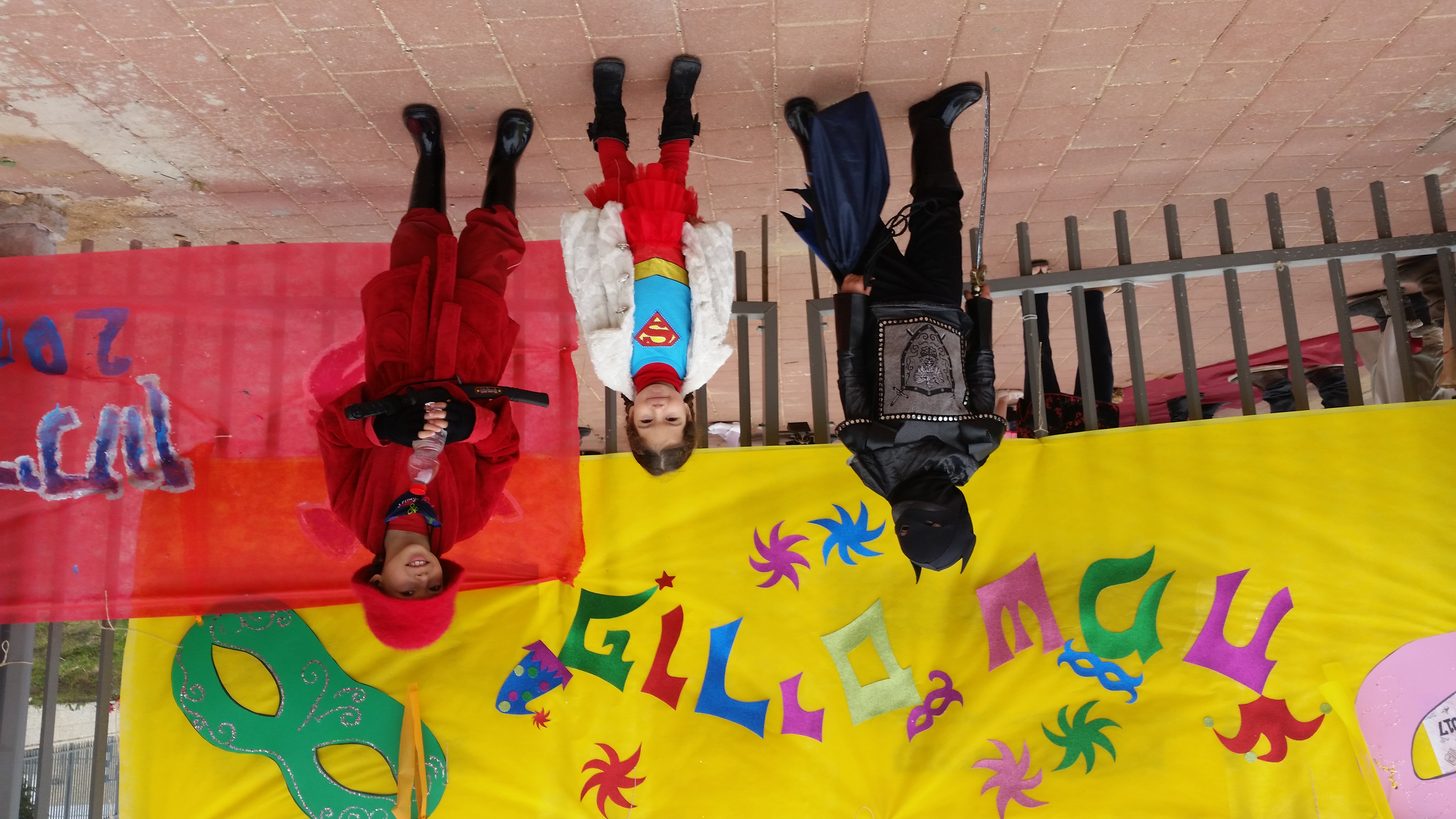
It used to be that we would identify with the personalities of Jewish heroism, but even that has faded in the wake of the ever popular Power Rangers and Superheroes (does it count that most of their creators were Jews?) whose costumes are so buff, so colorful and so, well, unrelated to Purim in any way. (Have you seen the one of the 12 Chassidic Santas wandering through Bnei Brak? Get your laughs ready.)

David and Leora Nissan in Purim Costumes, Tehran, Iran, 1964 (Courtesy of David Nissan, on display at Fowler Museum, UCLA)
It isn't hard to find inspiration in this story of great courage and sacrifice. So WHY do we ignore the essence of the story that we celebrate with such glamour and gusto - that the People of Israel survive, that a woman is the real hero of the story, and that the repeated attempts to wipe us out should most certainly encourage an Israel connection as an expression of thanks for the fact that we do, finally, have a home in our ancient homeland where NO ruler can declare our destruction or expulsion (well, ok - they do, and they can, but they don't get away with it so easily anymore!).
But where, if at all, is the Israel connect? (It's a JEWISH story, silly lady, NOT an Israeli one!) AND WRONG YOU WOULD BE!
Let us turn to the first ADLOYADA (ad lo yada), held in Tel Aviv in 1912. Not only was this a celebration of the continued existence of the Jewish nation, but also a celebration of our return to our ancient homeland where we can live free as Jews.
Over the years, these parades have become a prominent Israeli custom. In communities around the country, carnival processions with decorated floats through the main streets accompanied by bands, in costume parties for kids in every gan and school (yes, my oldest has been dressing up every day for the last 2 weeks....), and some grand festivities for adults of all ages (our moshav Purim party brings out some VERY interesting costumes, and a good bit of "ad lo yada" since we're all in walking distance).
And, of course, baking/eating Hamentaschen (Oznei Haman in Hebrew) - the triangular pockets of poppy-filled dough - has become a fashionable food worthy of exotic flavors and twists, with the traditional poppy (Haman, or ha-mohn, get it, Yiddish for poppy) filling still a favorite even when sidled right next to the caramel or jelly-filled options (or the savory stylings of today, if you're up for something different!)

Why a triangle you ask? Well, some say they represent a triangular-shaped hat worn by Haman that we eat to remember how his evil plot was foiled. Others say they represent Esther’s strength and the three founders of Judaism: Abraham, Isaac and Jacob. An interesting explanation is based only on the Hebrew “oznei (ears of) Haman” drawn from an ancient custom of cutting off the ears of criminals before they were executed. Which do you think is most fitting for our modern celebration of this historical holiday?
Whatever you may call them, we eat these goodies for the same reason: to remember the threat against the Jewish nation and to celebrate the fact that, yet once again, AM YISRAEL CHAI!
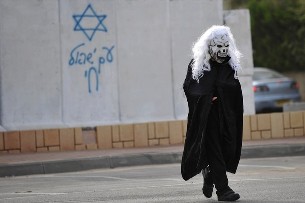
So let's all make a l'chaim to forgetting our enemies, but remembering to be proud, committed, and to always bringing some IsraeLove into your life!
Recommended:
CELEBRATE PURIM WITH ISRAEL FOREVER
Bring Israel into your Purim celebrations today!
About the Author



